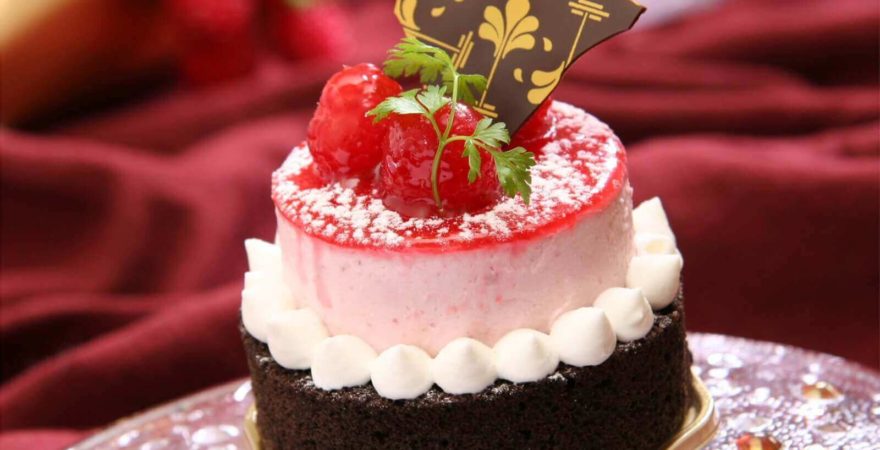A birthday cake is a cake eaten as part of a birthday celebration in many world traditions. Variations of the typical birthday cake include birthday cupcakes, cake pops, pastries, and tarts. While there is not a universal standard regarding taste, birthday cakes are often vanilla-, chocolate-, or strawberry-flavored. They are also baked in a variety of shapes and decorated in one color or multiple colors with icing or fondant.
Birthday cakes have been a part of birthday celebrations in Western European countries since the middle of the 19th century.However, the link between cakes and birthday celebrations may date back to ancient Roman times.
In classical Roman culture, 'cakes' were occasionally served at special birthdays and at weddings. These were flat circles made from flour and nuts, leavened with yeast, and sweetened with honey.
In the 15th century, bakeries in Germany began to market one-layer cakes for customers' birthdays as opposed to only marketing cakes for weddings, and thus the modern birthday cake was born. During the 17th century, the birthday cake took on its contemporary form. These elaborate 17th century cakes had many aspects of the contemporary birthday cake, like multiple layers, icing, and decorations. However, these cakes were only available to the very wealthy. Birthday cakes became accessible to the lower class as a result of the industrial revolution and the spread of more materials and goods.
There is no standard for birthday cakes, though the "Happy Birthday" song is often sung while the cake is served in English-speaking countries, or an equivalent birthday song in the appropriate language of the country. The phrase "Happy Birthday" did not appear on birthday cakes until the song "Happy Birthday to You" was popularized in the early 1900s. Variations of birthday songs and rituals exist in different parts of the world. In Uruguay, party guests touch the person's shoulder or head following the singing of "Happy Birthday to You". In Ecuador, the person whose birthday it is will take a large bite of the birthday cake before it is served.
The birthday cake is often decorated with small candles, secured with special holders or simply pressed down into the cake. The cake can also be served with other sweets such as ice cream. In the UK, North America and Australia, the number of candles is equal to the age of the individual whose birthday it is, sometimes with one extra for luck. Traditionally, the person whose birthday it is makes a wish, which is thought to come true if all the candles are extinguished in a single breath.
One theory explaining the tradition of placing candles on birthday cakes is attributed to the early Greeks, who used candles to honor the goddess Artemis' birth on the sixth day of every lunar month.The link between her oversight of fertility and the birthday tradition of candles on cakes, however, has not been established.
In the past it was believed that evil spirits visited people on their birthdays and that, to protect the person whose birthday it was from evil, people must surround the individual and make them merry. Party-goers made noise to scare away evil spirits.
In 18th century Germany, the history of candles on cakes can be traced back to Kinderfest, a birthday celebration for children.This tradition also makes use of candles and cakes. German children were taken to an auditorium-like space. There, they were free to celebrate another year in a place where Germans believed that adults protected children from the evil spirits attempting to steal their souls. In those times there was no tradition of bringing gifts to a birthday; guests would merely bring good wishes for the birthday person. However, if a guest did bring gifts it was considered to be a good sign for the person whose birthday it was. Later, flowers became quite popular as a birthday gift.



